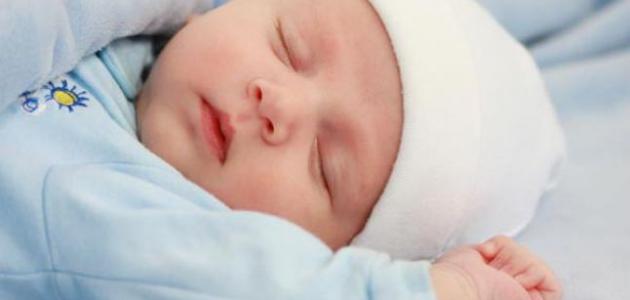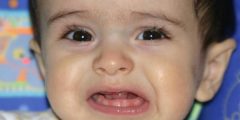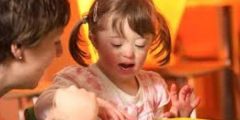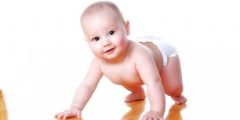child height
When a child is born, parents often worry about the general condition of their newborn, in terms of his physical and mental health, his weight, his height, and the symptoms that appear on their child that appear satisfactory at first glance, especially if it is their first born and they do not have sufficient information about newborns, so we will present In this article, you will find specifications for a normal child at birth, including his normal height.
Characteristics of a normal child at birth
- The temperature of a newborn baby is about 37 degrees Celsius.
- It is dark red in colour.
- His skin is covered with a layer of fatty coating, which facilitated his movement in his mother’s womb, and which protected him from skin infections at birth.
- Active, cries loudly, and can be breastfed directly from its mother.
- Possibility of blueness around the hands or feet during the first three days of birth.
- A newborn often breathes faster than an adult, reaching 50 times per minute, while their heartbeat reaches 180 times per minute, and these indicators (respiratory and heart rate indicators) increase more when influences occur, such as: the child’s discomfort and crying.
Normal standards for a newborn
- Weight: three to three and a half (3-3.5) kilograms.
- Head circumference: thirty-five (35) cm.
- Chest circumference: thirty-three (33) cm.
- Arm circumference: twelve and a half (12.5) grams.
- Height: His normal length is fifty (50) cm, and ranges between forty-six (46) cm and fifty-four (54) cm as a minimum and maximum. The child’s length increases by about twenty-five (25) cm in the first year of his life, and twelve (12) ) cm in the second year, after which the rate of increase in height ranges between five (5) cm to seven (7) cm per year, until adulthood, in which the increase in height is slow.
Read also:Why does the child put his hand in his mouth?
Natural phenomena that do not cause concern
- Peeling occurs on the child’s body, and soft white granules appear on his face.
- Slight swelling in the baby’s breast a few days after birth.
Reasons for consulting a doctor
- If you notice difficulty breathing, secretions coming out of the nose, or abnormal movement in the chest or abdomen, all of which accompany the breathing process.
- If the newborn's skin color is blue, red, yellow, or pale, the natural color of the newborn is pink.
- The presence of blood pools on the surface of his body.
- The presence of any visible birth defects on his body.
- If there is too much tension or relaxation in the child’s limbs (arms and legs), you can check this by straightening and bending his limbs.









